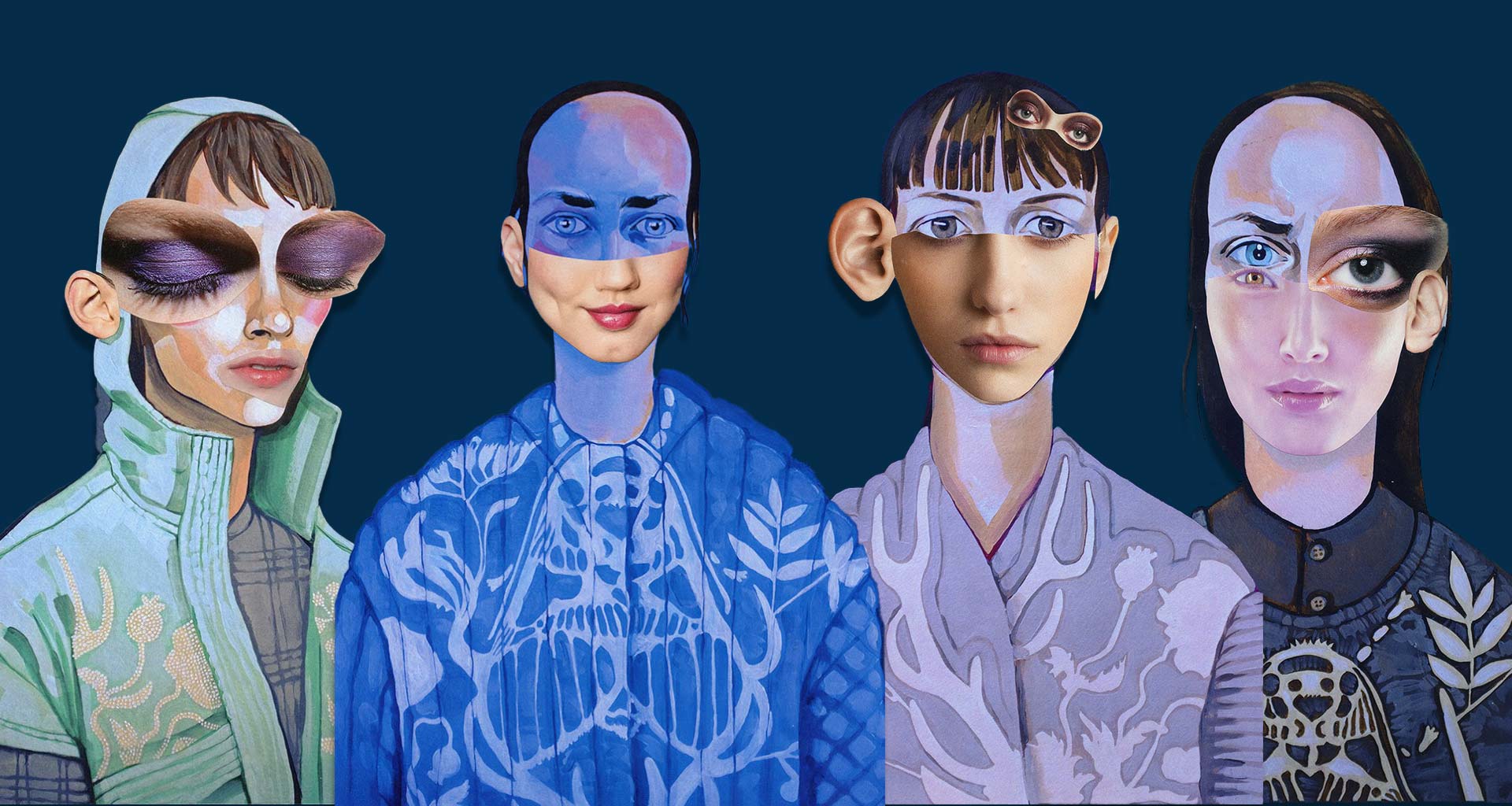
Exploring the Bounds of Limitation. An interview with former finalist Masha Lamzina about craft, freedom and developing one’s own artistic voice
25 August 2023
“Masha Lamzina is an interdisciplinary artist working with textiles, installations and clothing, focusing on prints, stencilling and graphic patterns. Masha is also a fashion and textile designer, creating artisanal and unique garments that correspond to the themes of her art projects, often using fragments and elements of her artworks as prints on clothing. Masha uses printing techniques such as hand bleaching, cyanotype, eco-printing and also many other textile craft techniques such as quilting, collage, patchwork, embroidery, weaving etc. in her various projects.”
The above is how Masha describes herself on her website. In our opinion, however, this is reductive. Masha is a poet of nature, of the depths of the soul, of the roots of craftsmanship. She explores mystical, ascetical ways of life filtered through garments, prints, collages, stencils, photography, and more. Her art captivates and communicates wordlessly, expressing her narrative with pristine creativity.
Masha Lamzina is one of the few designers to have been an ITS Contest Finalist twice – in 2005 and four years later, in 2009, when she won the Fashion Special Prize, assigned to the most creative collection. Shortly afterwards she established her own independent studio.
We had a chat with her about the luxury of freedom, her dream collaborations and developing her own vision. She also looked back at her ITS Contest experience.
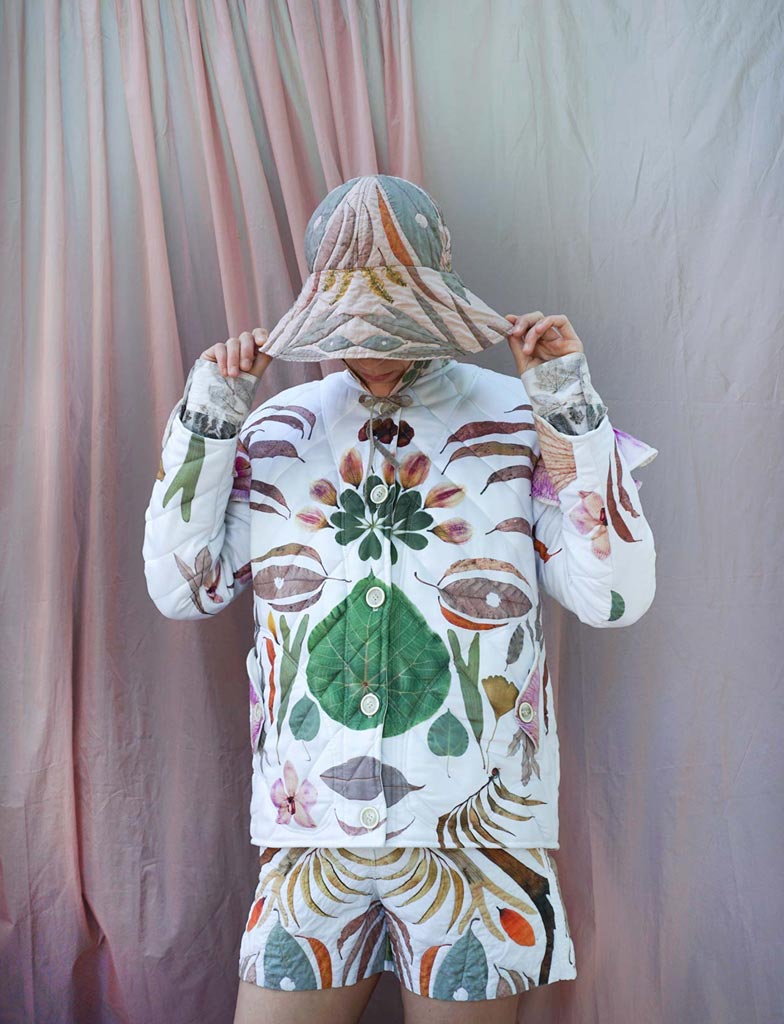
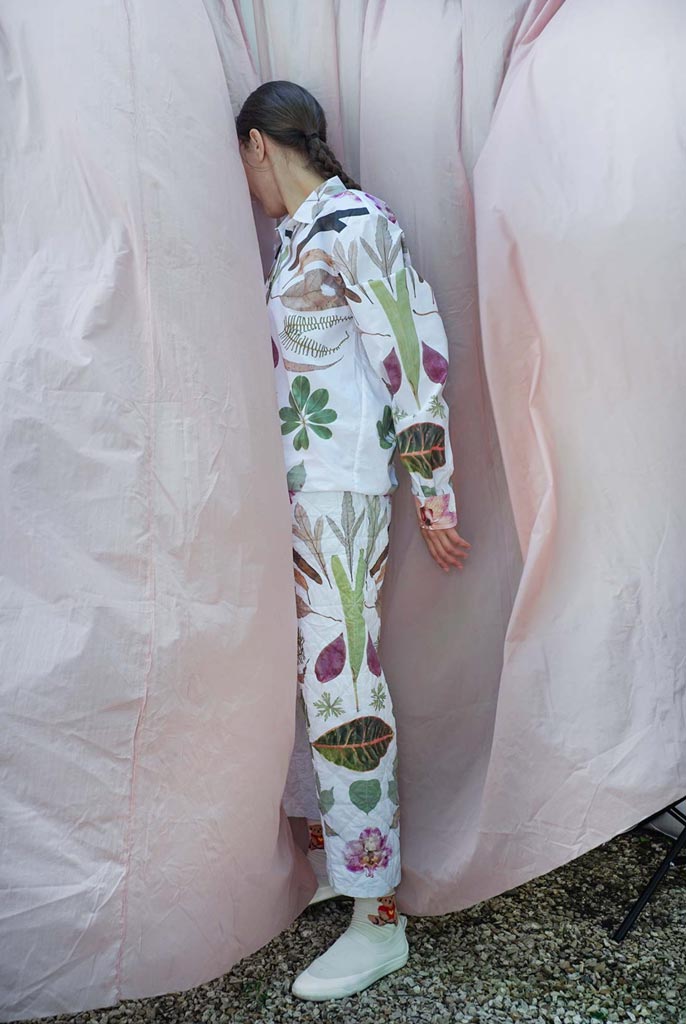
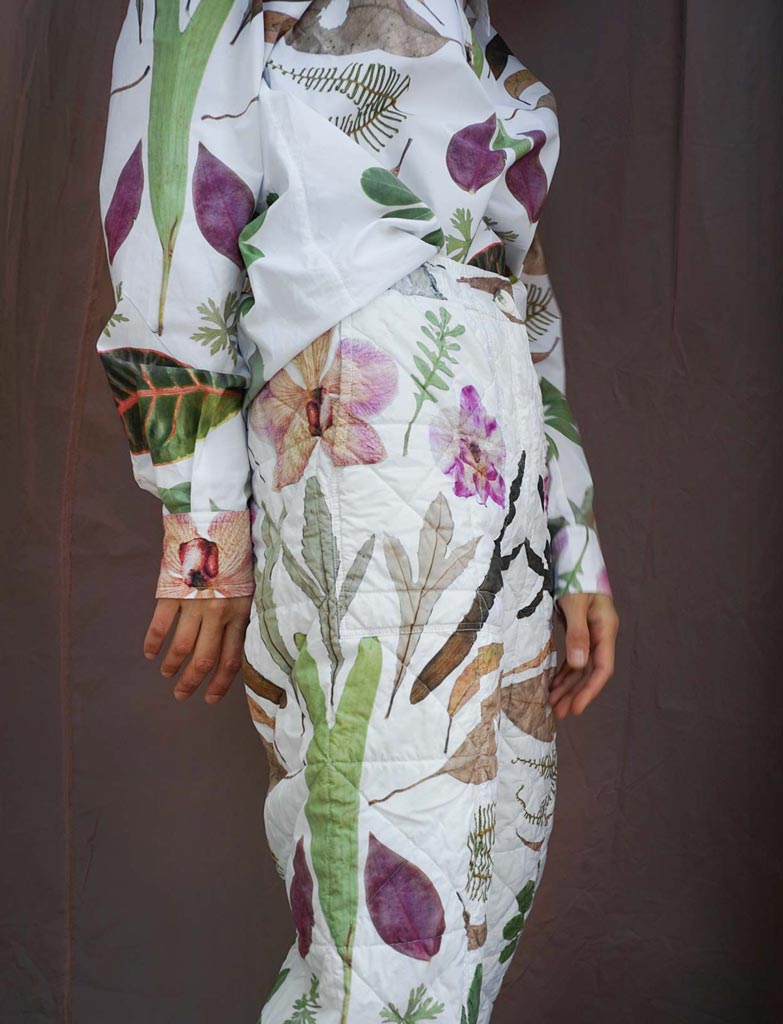
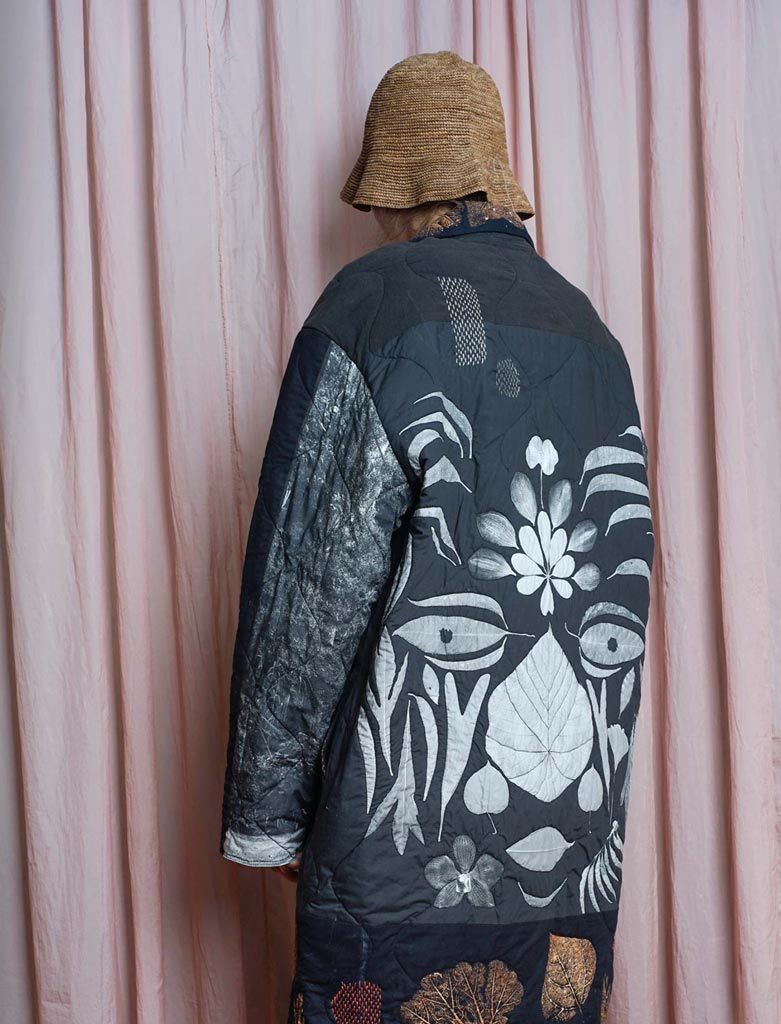
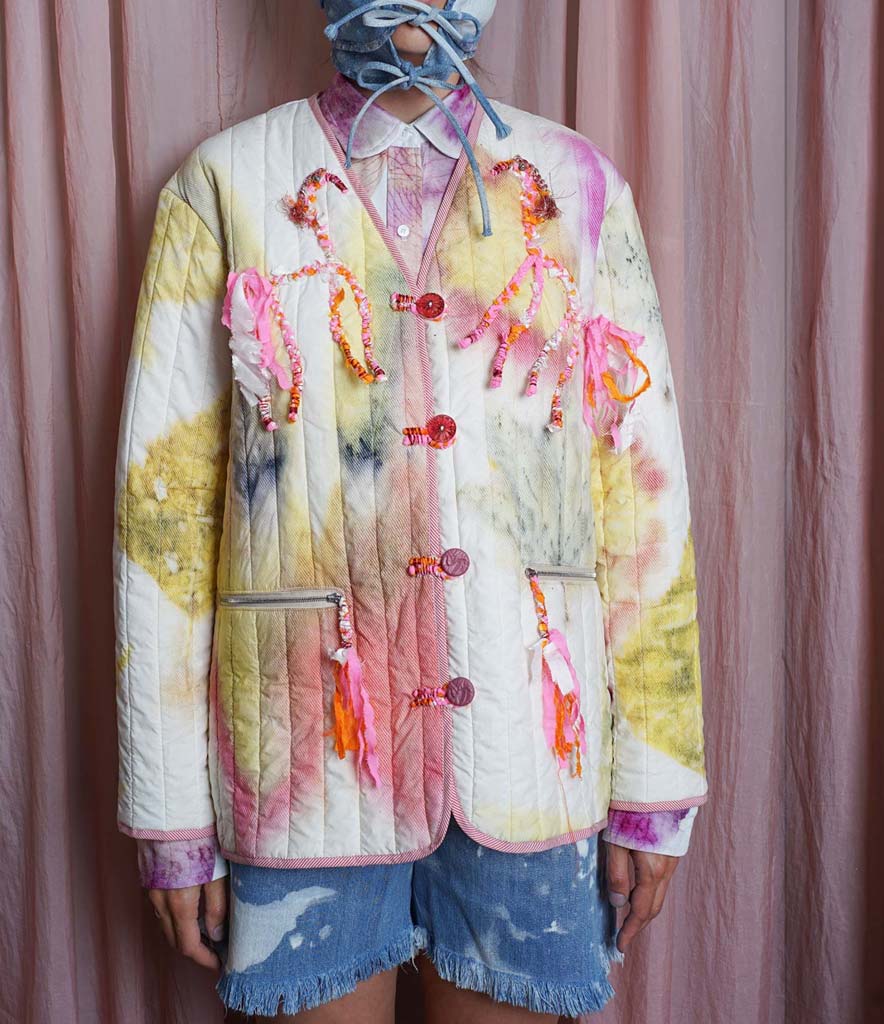
ITS: When did you realise you were born to create?
ML: I have only really become aware of this in recent years, when I started dedicating all my energies and efforts to create something new. By that I don’t just mean a variety of prints or some kind of designs, but a story, a narrative, a vision. And so I understood that I cannot stop and I should not stop, because being an artist is what I was meant to be from the beginning.
ITS: What would you like the media to write about you? How would you like them to describe you and your work?
ML: The whole story behind my work is fundamental, because the product is only a part of it. I experiment and create a lot, and I am always in pursuit of something new. But I also have my own vision and aesthetic. I like rural farming life, asceticism, closeness to nature and the art of indigenous people. In everything I do, I strive to explore the limits of what is possible: the simplest materials, the low- or zero-tech techniques that are available to everyone. Technology is constantly evolving and our imagination is fired by it, but what really interests me are imperfections, things created by the hands of simple craftsmen. I like to think of myself as such, I actually believe I am one. I have been working with textiles for more than three decades, and even in my early childhood I was fascinated by the beauty of mixing different printed fabrics. I have been using craft techniques for as long as I can remember. Every day I realise that this journey is becoming more and more interesting.
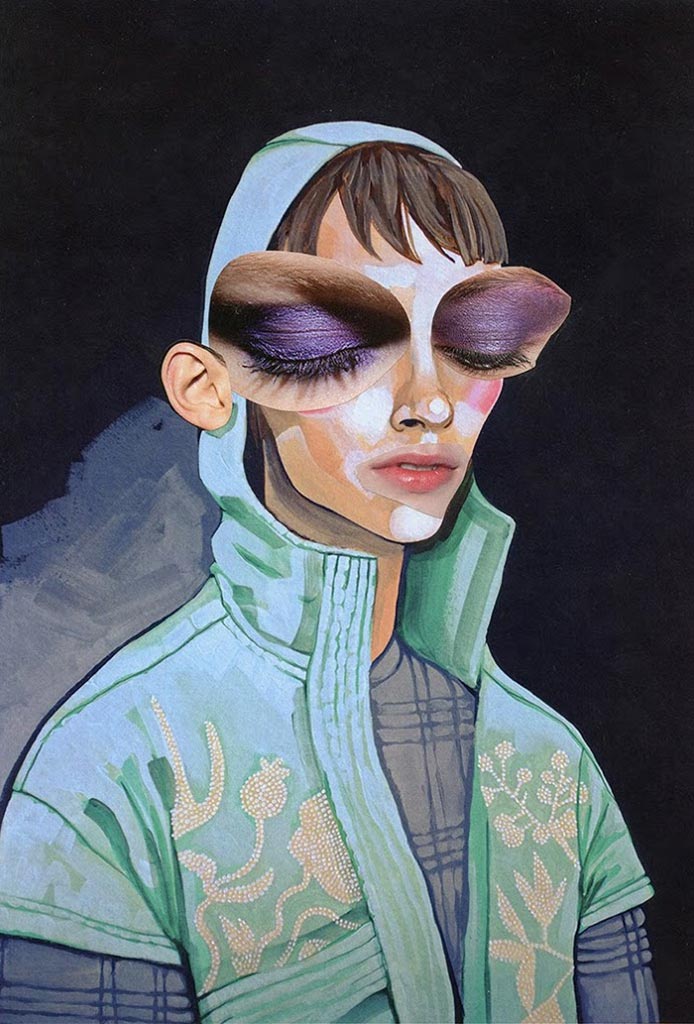
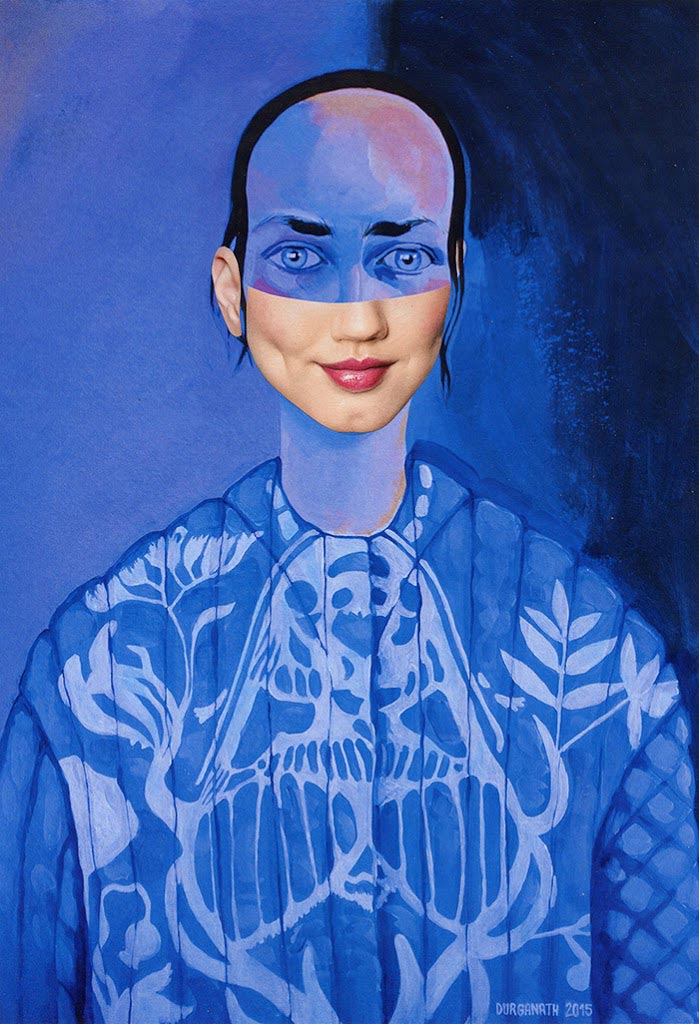
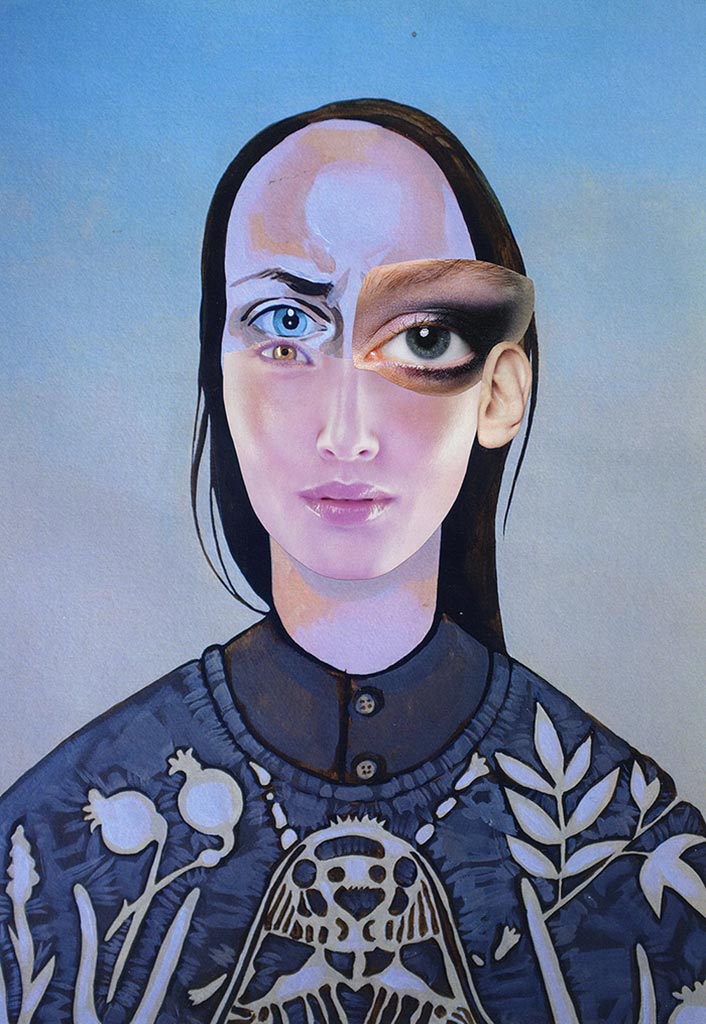
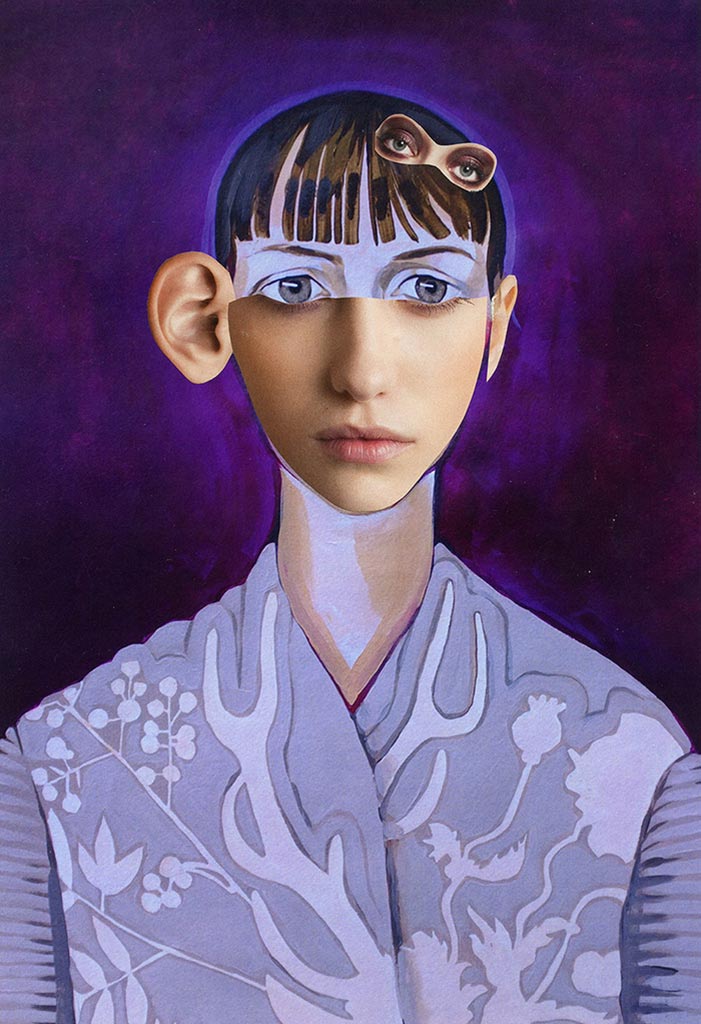
ITS: If you could collaborate with one or more designers, who would it be?
ML: My mind is made for collaborations! I have always been moved by different visions and wanted to create something new that fits the style of a particular designer. As long as a designer is inspired by my techniques and style, I believe I can create something truly wonderful and new! So it has to be a mutual thing. Collaborations like the one between Raf Simons and Sterling Ruby, for example, are ideal for me. It would be lovely to work with Craig Green or Jonathan Anderson, for example, because they inspire me a lot.
ITS: When you look back now, more than fifteen years later, how do you feel about having been an ITS Contest finalist twice? And how do these two experiences differ from each other?
ML: For me, becoming part of the ITS Family was a life-changing experience. My first visit to Trieste was actually my first visit to Europe ever, and it was the first time I met people from the fashion industry, both students and professionals. Coming from a Far Eastern city near the Chinese border, I could only imagine what the fashion industry was, and was amazed by the wonderful and stylish people around me. I was also too shy to speak English, which I knew very little at the time, and the whole experience was like an amazing dream that ended at John Galliano, where I was invited as an intern by Elisa Palomino, who sat on the jury. The second time I became a finalist was after four years and it was very different, I came with ideas I wanted to share, I was not a novice and was not nervous at all. I knew that the ITS experience is very important, regardless of the prizes, but it was also great to receive the Fashion Special Prize, which I had worked hard to earn. When you enter a competition, it feels very important to win, because not everyone can be a winner. So I was very lucky to have both experiences and I honestly can not decide which was more important for me.
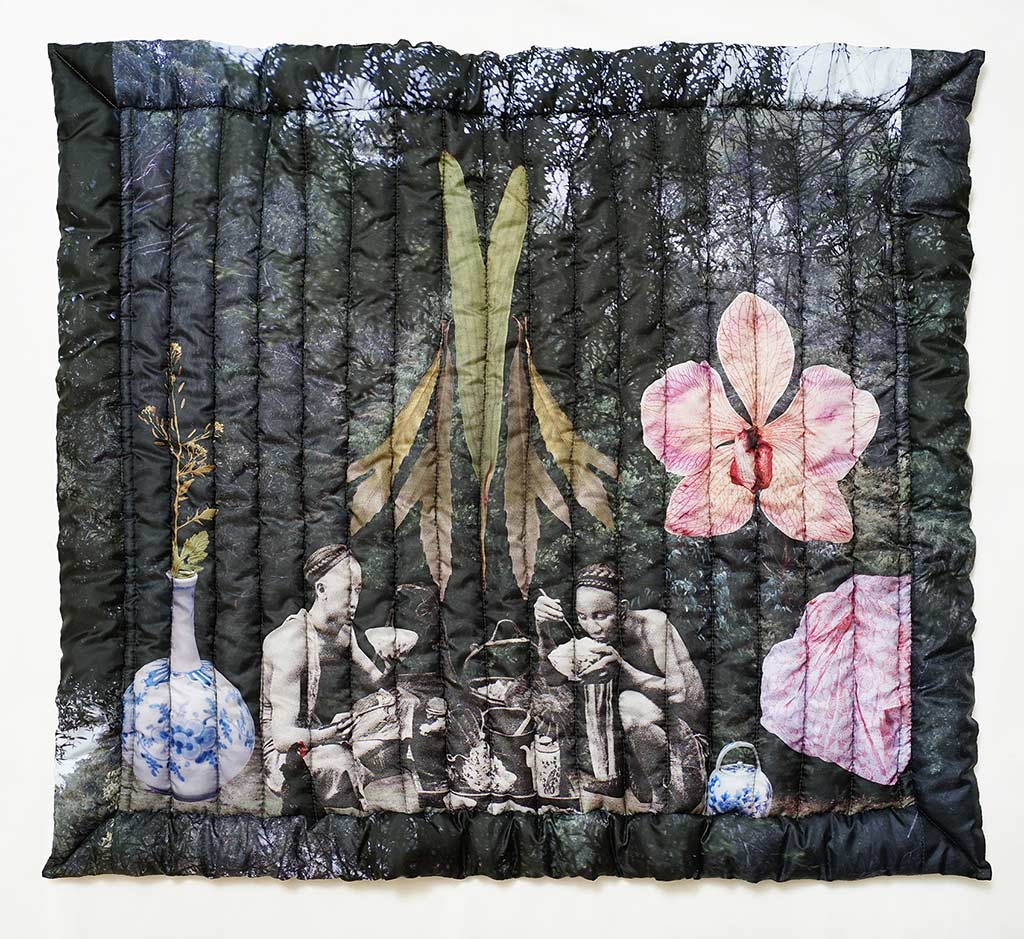
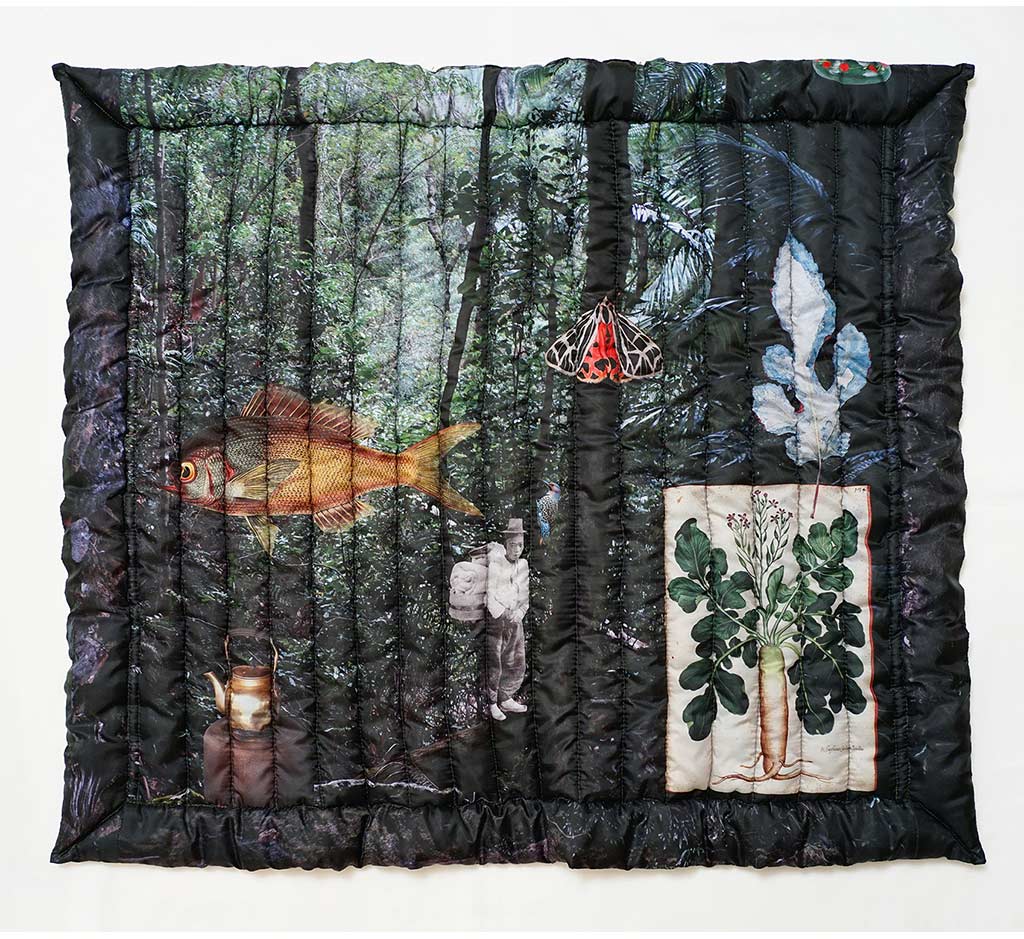
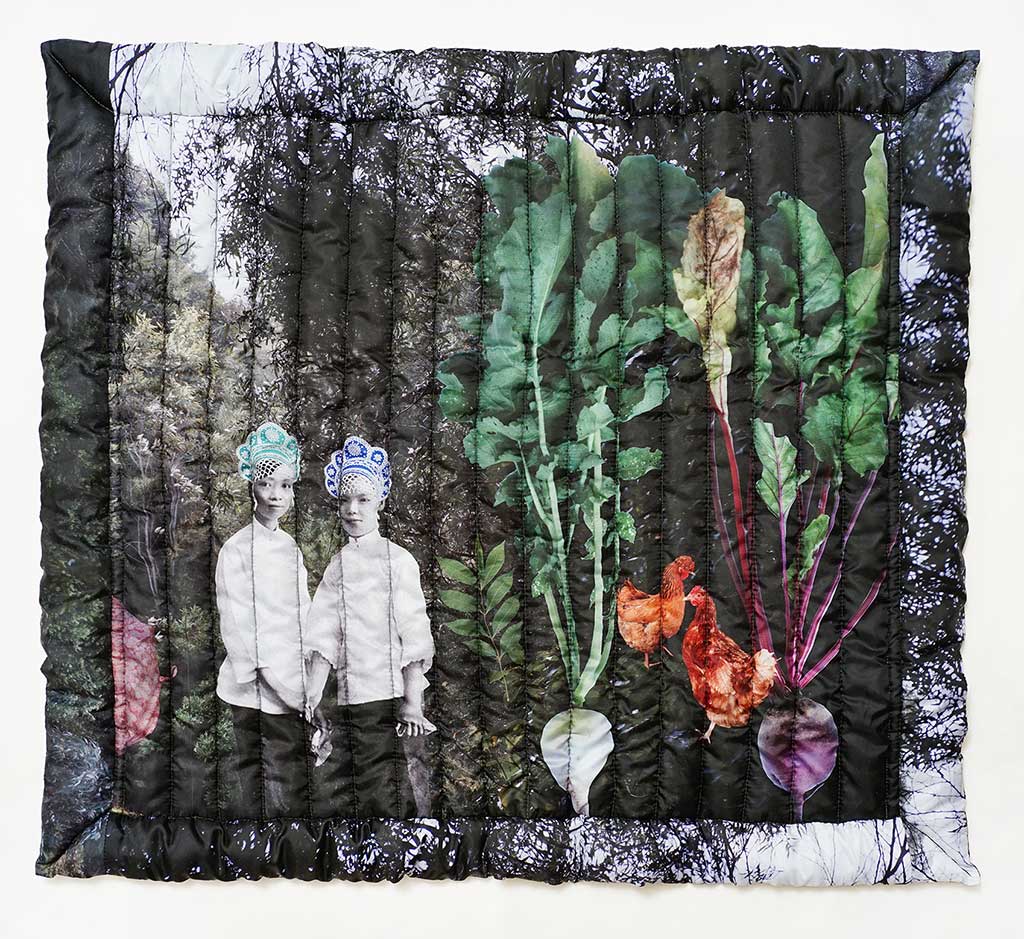
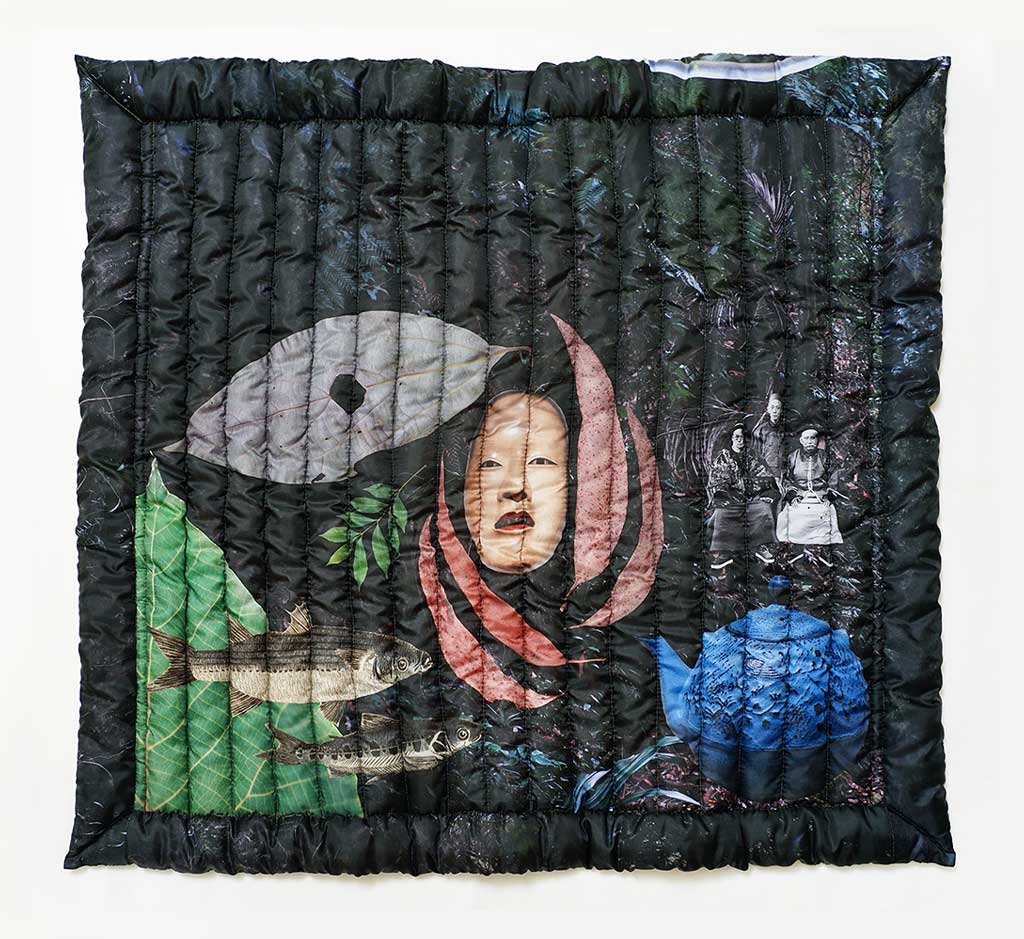
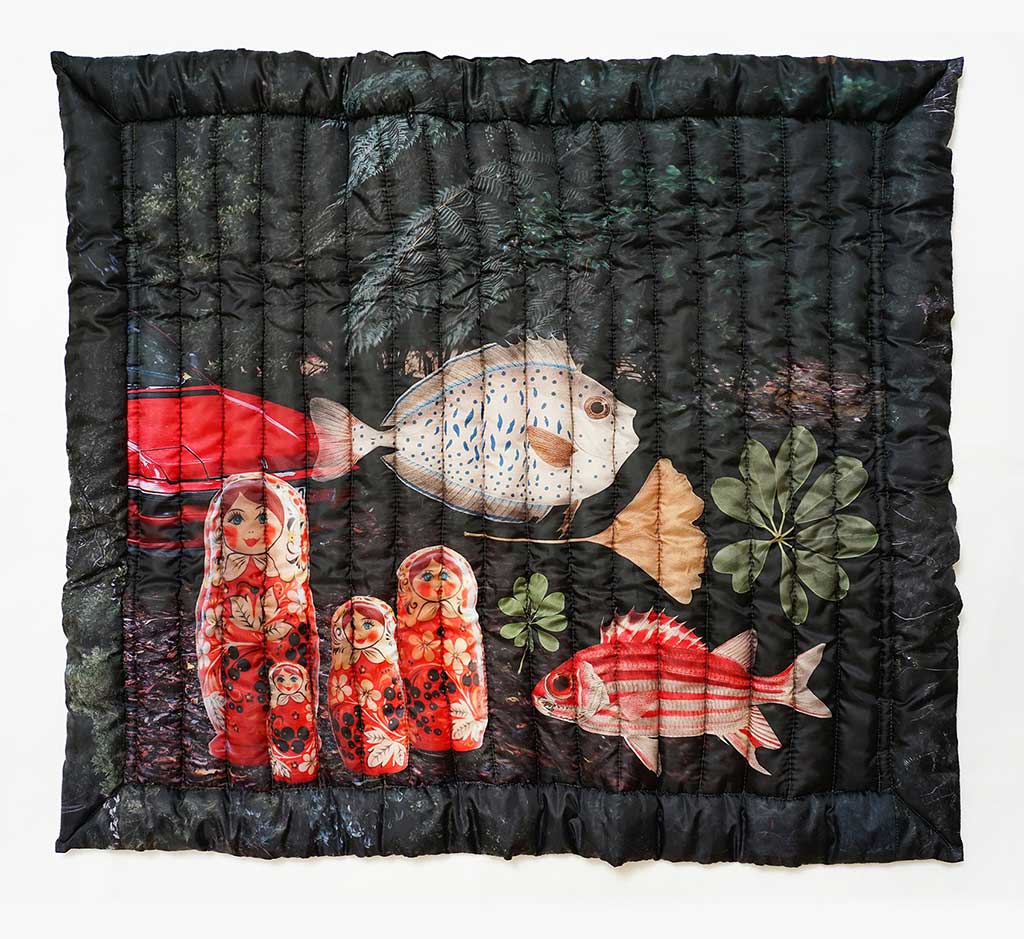
ITS: What do you think is the best thing about being an independent designer, and what is the worst?
ML: The best thing for me is the absolute freedom of being an artist, which is so valuable on so many levels. It’s a kind of liberty that also frees you from the industry and its rules, so you can be independent from it and do whatever you want, whenever you want. Before social media, it was difficult for a brand to do so, especially on an international level, but today I can say that I am glad I always pursued this dream. The development of technologies and social networks brought many opportunities that gave independent designers a stage to be seen and heard by a wider audience, to exchange ideas, to create their own style and to find customers around the world. There are many difficulties on my path, but they lead me to a better self, to creative achievements that I would not have dared to dream otherwise.
ITS: If you could give one piece of advice to an emerging designer who wants to follow in your trail, keeping that level of independence and creative freedom, what would it be?
ML: Be prepared to work very hard for years and years, constantly speak in your own voice. I have always been inspired by so many different things, and often it seemed I was starting from scratch all over again. It took me many years to find a balance and show some consistency in the eclectic cacophony of my numerous experiments. So be prepared to struggle and believe in yourself no matter what, even if you think no one else does. It was not until I realized this that I began to believe wholeheartedly in what I was doing and in myself. That’s when people started to support me. It’s never the other way around.